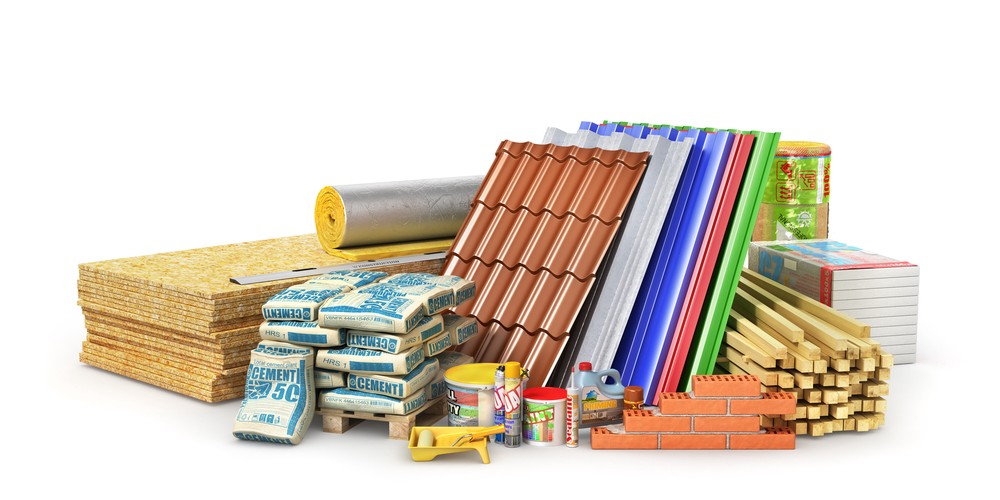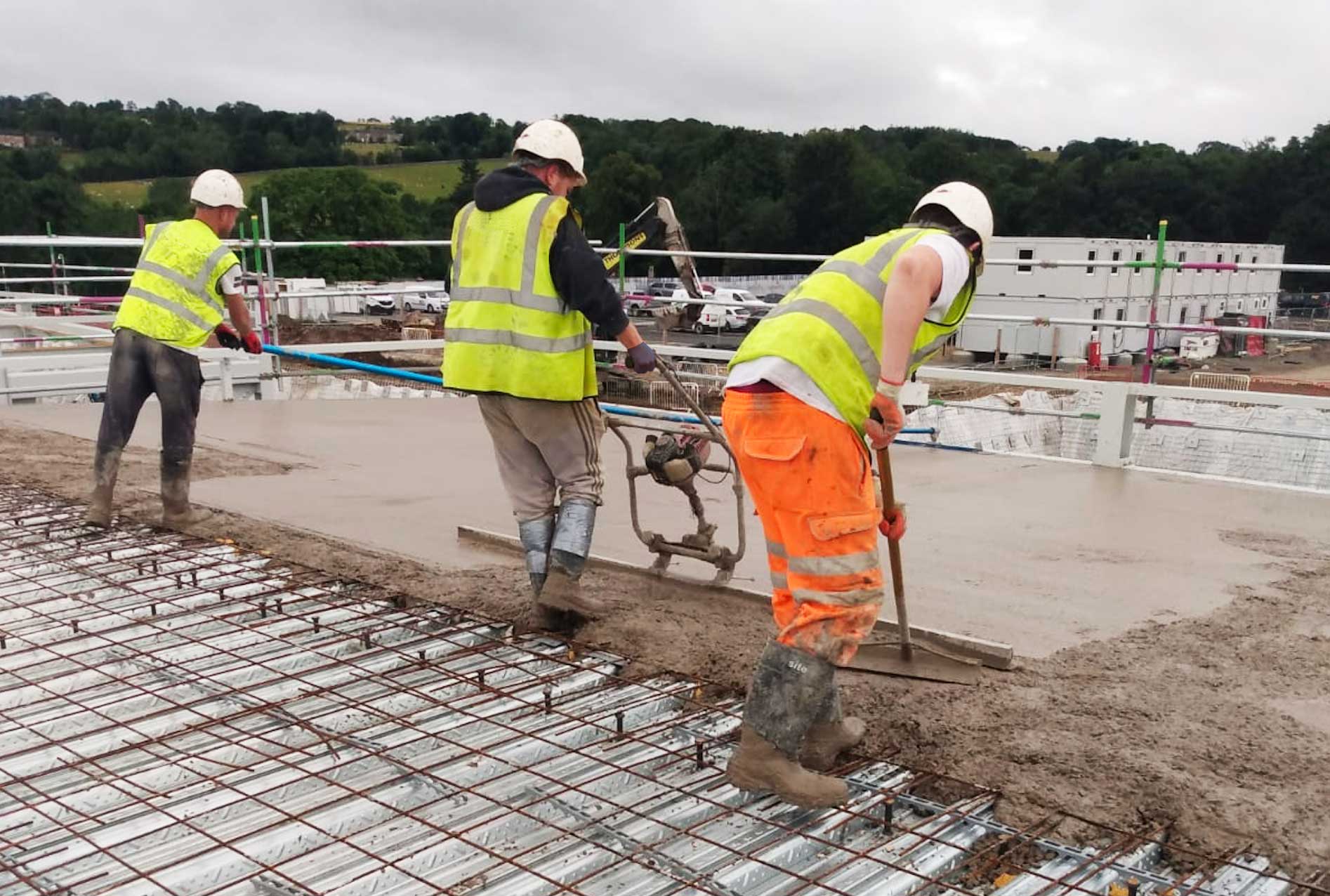The Benefits of Using Composites in Construction Products
The Benefits of Using Composites in Construction Products
Blog Article
Opening the Environmental Advantages of Recycled Composites in Building and Design
In the realm of building and style, the application of recycled composites holds considerable pledge for enhancing sustainability methods and minimizing environmental effect. The change towards a much more sustainable future in these industries hinges on unlocking the complete possibility of recycled composites.

Ecological Influence Decrease
The decrease of ecological effect via using recycled compounds in building and style plays an essential duty in lasting methods. By incorporating recycled compounds into building materials, the construction industry can significantly lower its carbon impact and add to a more environment-friendly future. These lasting products, made from repurposed plastics, wood fibers, or various other recycled aspects, provide a viable choice to standard building and construction materials without endangering on top quality or durability.
Recycled composites aid divert waste from landfills and reduce the need for extracting basic materials, therefore preserving all-natural resources. In addition, the manufacturing procedure of these composites commonly consumes less power and discharges less greenhouse gases contrasted to creating virgin materials (composites). This change towards utilizing recycled composites not just reduces ecological injury however likewise advertises a circular economic climate by motivating the reuse of materials that would otherwise be disposed of
Waste Reduction
With a focus on reducing waste in building and layout, the integration of recycled composites uses a sustainable remedy to lower ecological effect. Waste reduction is an important facet of lasting techniques, and the use of recycled composites provides a possibility to achieve this objective efficiently. By using materials that have already offered their first purpose, such as recycled plastics or reclaimed timber fibers, the building and construction and layout industries can significantly reduce the amount of waste produced and sent to land fills.
Recycled composites have the prospective to divert substantial quantities of waste from traditional disposal techniques, adding to an extra circular economic situation where sources are used effectively. Additionally, the manufacturing process of recycled composites usually eats less energy and produces fewer emissions contrasted to virgin materials, further decreasing the ecological impact of building and construction and layout tasks.
Applying waste reduction techniques with the incorporation of recycled composites not just assists in preserving all-natural resources but likewise advertises a more lasting technique to building and developing for a greener future.
Energy Preservation
Incorporating recycled compounds not just reduces waste in building and layout but additionally plays a crucial duty in boosting power conservation practices within the industry. The use of recycled composites in building and construction can substantially add to power preservation through different ways. The production of virgin products typically requires considerable power inputs, whereas using recycled composites consumes much less power, therefore minimizing total power usage. In addition, including recycled composites can contribute to far better insulation properties in buildings, lowering the requirement for excessive heating or air conditioning, and as a result lowering energy usage for climate control. Moreover, the light-weight nature of lots of recycled composites can bring about lighter structures, needing much less power for transport and installation. By advertising making use of recycled composites in building and construction and layout, the market can make considerable strides in the direction of accomplishing power performance and reducing its carbon footprint, eventually adding to a more sustainable built setting.
Carbon Footprint Decrease
Enhancing sustainability methods through the use of recycled compounds in construction and design significantly lowers the carbon footprint of the industry. By integrating recycled products into the manufacturing of compounds, the requirement for virgin sources decreases, resulting in lower power intake and greenhouse gas discharges connected with conventional site here production procedures. This reduction in carbon footprint is crucial in combating climate change and promoting a more eco-friendly approach to building and construction and layout.
The carbon footprint decrease accomplished through the fostering of recycled compounds lines up with the global push in the direction of sustainable practices and the reduction of commercial emissions. Inevitably, by focusing on the combination of recycled compounds, the market can make considerable strides in decreasing its carbon footprint and adding to an extra sustainable future.
Sustainable Future
The integration of recycled compounds in building and layout not only addresses immediate ecological worries however likewise lays a solid foundation for a sustainable future in the industry. By incorporating recycled compounds into building materials and items, the building and construction and layout sectors can significantly minimize their reliance on virgin sources, resulting in an extra circular economic climate. This change towards sustainability is vital for mitigating the environmental effect of conventional construction practices, which typically lead to high levels of waste generation and source exhaustion.

Conclusion
To conclude, recycled composites use considerable environmental benefits in building and design by minimizing ecological influence, decreasing waste, preserving power, lowering carbon footprint, and promoting a sustainable future. Accepting the use of recycled compounds can add to an extra environmentally-friendly approach to building and style, inevitably bring about a more lasting and greener future for all.
The decrease of environmental effect via the use of recycled composites in construction and layout plays an essential function in lasting techniques.With an emphasis on lessening waste in construction and layout, the assimilation of recycled composites offers a lasting option to minimize link environmental impact. By promoting the use of recycled composites in building and construction and style, the industry can make significant strides in the direction of accomplishing energy effectiveness and minimizing its carbon footprint, eventually contributing to a more lasting built setting.

Report this page